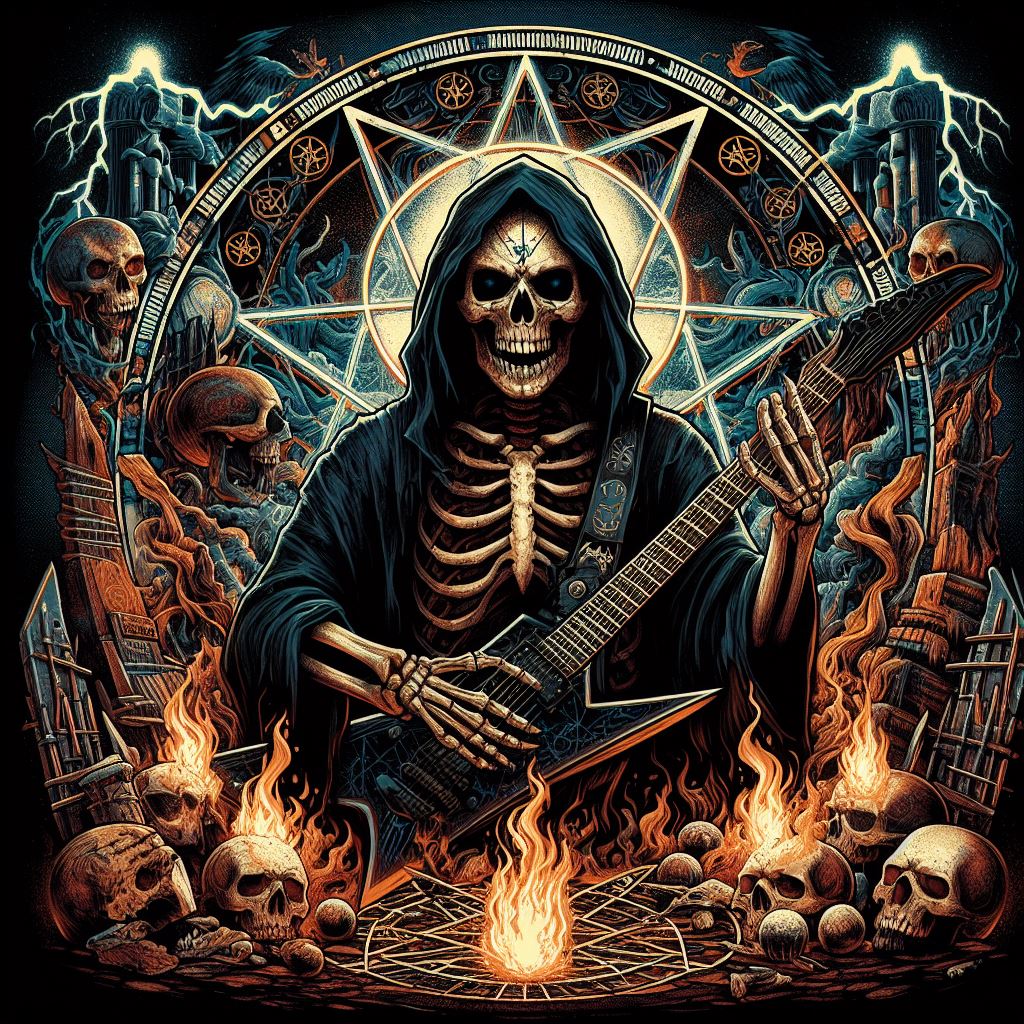Emerging from the Seattle scene in the late 80s, Alice in Chains carved a unique path in the burgeoning grunge movement. Their sound, a potent blend of heavy metal riffs, soulful vocals, and introspective lyrics, resonated with a generation grappling with alienation and personal struggles. This article explores the history of Alice in Chains, from their early days jamming in garages to becoming one of the most influential rock bands of the 90s.
Origins and Early Struggles (1984-1989):
The seeds of Alice in Chains were sown in the mid-80s Seattle underground music scene. drummer Sean Kinney and guitarist Jerry Cantrell, both with prior musical experience, began collaborating in 1984. Layne Staley, initially a drummer himself, joined as vocalist after impressing Cantrell with his powerful voice during a local audition. Rounding out the lineup was bassist Mike Starr, completing the core lineup that would define Alice in Chains.
The band’s name itself has an interesting origin story. Staley’s previous band was called Sleze, a glam metal outfit. When they decided on a name change, Staley suggested “Alice in Chains,” inspired by a side project he had envisioned. The band found the name suitably dark and intriguing, and Alice in Chains was born.
Their early years were marked by relentless gigging in the Seattle club circuit, honing their sound and building a loyal local following. They drew influences from both glam metal, with its theatricality and emphasis on melody, and the burgeoning Seattle grunge scene, characterized by its raw energy and introspective themes. This unique blend would become their signature sound.
Facelift and Breakout Success (1990-1992):
Alice in Chains’ big break came in 1989 when they signed with Columbia Records. Their debut EP, “We Die Young,” released in 1990, showcased their raw talent and helped generate buzz within the industry. Later that year, their full-length debut album, “Facelift,” dropped, and it became a turning point for the band.
“Facelift” contained the now-iconic single “Man in the Box,” a song that perfectly encapsulated Alice in Chains’ sound. Cantrell’s powerful guitar riffs intertwined with Staley’s soaring vocals and introspective lyrics that dealt with alienation and frustration, resonating deeply with a generation. The album achieved double platinum status, propelling Alice in Chains to national prominence.
Capitalizing on the success of “Facelift,” the band embarked on extensive tours, opening for established acts like Iggy Pop and Megadeth. This period solidified their reputation as a captivating live act, known for their intense energy and emotional vulnerability onstage.
Dirt and Artistic Evolution (1992-1996):
In 1992, Alice in Chains released their sophomore album, “Dirt.” Considered a landmark album in the grunge movement, “Dirt” delved deeper into the darker aspects of human experience. Songs like “Rooster” and “Would?” tackled themes of addiction, depression, and societal ills with unflinching honesty. Musically, the album showcased a maturation in their sound, incorporating acoustic elements alongside their signature heavy riffs.
“Dirt” received critical acclaim and achieved commercial success, solidifying Alice in Chains’ position as one of the leading bands of the grunge movement. However, the band members were also battling their own demons, particularly Staley’s escalating struggles with heroin addiction.
Challenges and Hiatus (1996-2002):
The latter half of the 90s proved to be a difficult period for Alice in Chains. Staley’s addiction issues increasingly impacted the band’s activity. Despite releasing alternative albums like the acoustic EP “Sap” and live albums like “Unplugged,” the band significantly reduced touring and public appearances. The tragic death of Kurt Cobain in 1994 also cast a shadow over the Seattle music scene, further contributing to the band’s withdrawal.
In 2002, the music world was dealt a devastating blow with the news of Layne Staley’s death from heroin overdose. This marked the end of an era for Alice in Chains, leaving fans to mourn the loss of a truly gifted vocalist and lyricist.
Rebirth with William DuVall (2005-Present):
After a period of mourning and reflection, the remaining members of Alice in Chains decided to continue their musical journey. In 2005, they recruited vocalist and guitarist William DuVall, a talented musician who shared a deep appreciation for Alice in Chains’ legacy.

Leave a Reply
You must be logged in to post a comment.